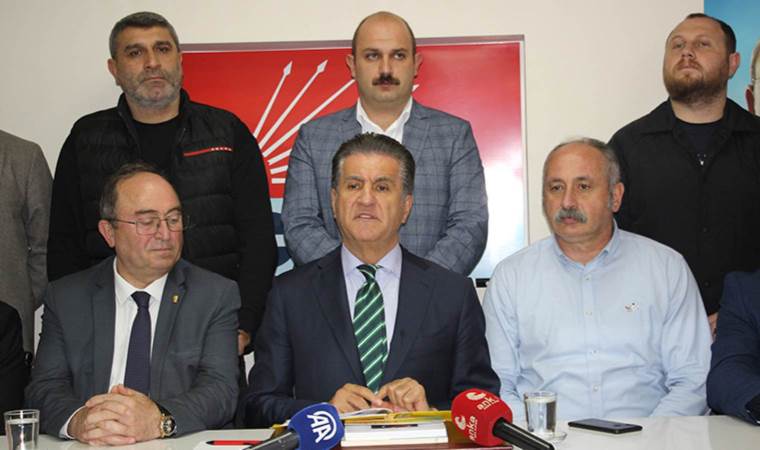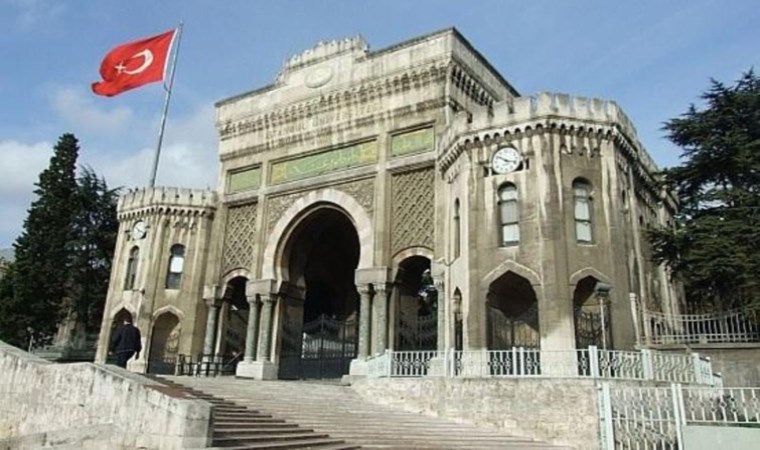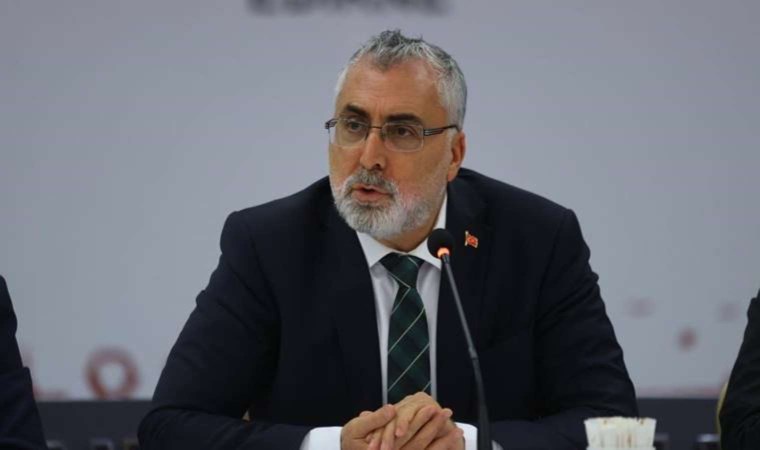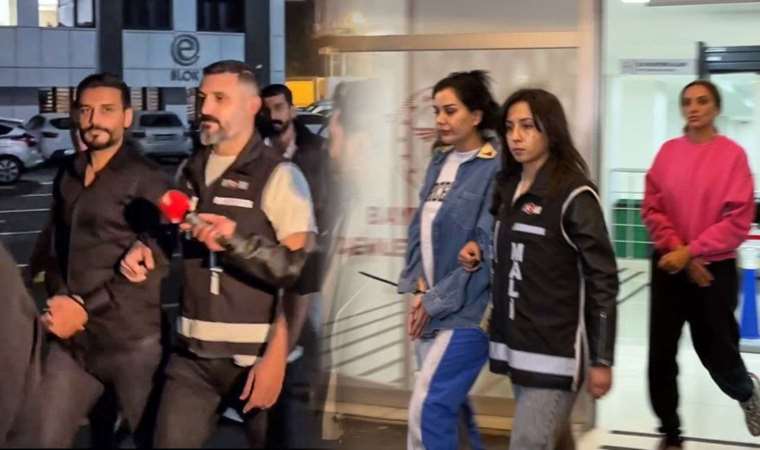Act II of the Ukrainian Apocalypse: Avdiivka – Will Russia Prevail?
While the world’s attention remains fixated on Israel, violence in the Ukrainian conflict has once again escalated. Following Ukraine’s unsuccessful summer offensive, the Russian forces are now embarking on a new iteration of the famous siege of Bakhmut, this time in Avdiivka.
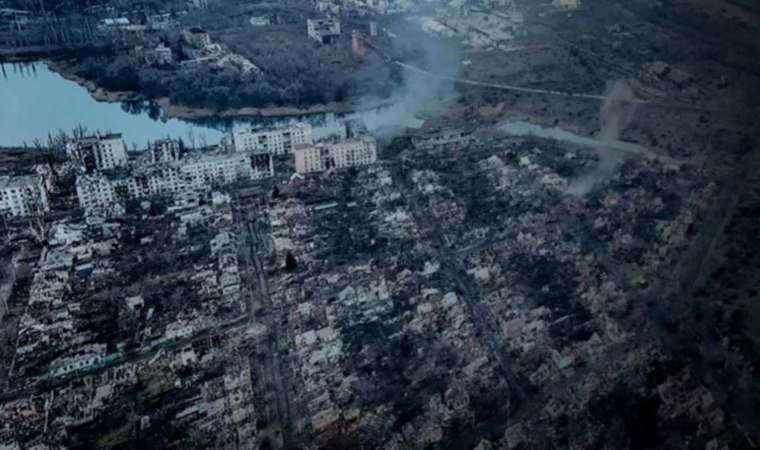
During the summer of intense offensives, the Ukrainian army did not achieve its intended objectives. In early June, military convoys involving NATO-trained brigades encountered formidable Russian fortifications, which had been meticulously prepared over several months. As autumn set in, the Ukrainian army shifted from offense to defense.
As September arrived, the tables turned in favor of the Russians. Following the “Wagner crisis,” the Russian army’s offensive units merged with former Wagner militants to form the “Storm Z” units, reminiscent of the successful private military company’s operations in Bakhmut. The CEO of this company, Yevgeni Prigojin, who mysteriously perished in a plane “crash” following the uprising he led, revealed a deal between Wagner and the Russian Defense Ministry. According to this agreement, Wagner would continue to wear down the Ukrainian army in Bakhmut while the Russian army recuperated from the significant losses it had incurred in the initial weeks of the conflict. Although Bakhmut’s strategic importance waned after the loss of Kharkiv Oblast, it retained symbolic significance due to the relentless struggle for control between the two sides, earning it the title “Stalingrad of the 21st century.” The Wagners successfully concluded a grueling ten-month siege, recruiting prisoners from the ranks. However, unlike Stalingrad, this time, the defending side didn’t emerge victorious, marking Russia’s most significant triumph in quite some time.
Russia’s New Stalingrad: Avdiivka
Russia’s central strategy in the Ukraine War remains to engage its adversary in a protracted war of attrition. Recognizing the challenges of achieving substantial territorial gains rapidly in modern battlefields, given the presence of UCAVs, Russia gazed back to Soviet history, applying old Red Army doctrines. Their assumption was that Western inventories were inferior to theirs, and their production capacity was insufficient. Therefore, through attrition, they aimed to not only defeat Ukraine but also the West. Hence, Bakhmut held more significance for Russia than mere territorial conquest. Now, they seek to replicate this environment in Avdiivka.
Avdiivka differs from Bakhmut in several aspects. While Bakhmut boasted a pre-war population of 77,000, Avdiivka’s population stood at 31,000. Despite being smaller in size, Avdiivka’s proximity to Donetsk imparts it with crucial strategic value. Since the Ukrainian civil war’s outset in 2014, the separatist-controlled city of Donetsk endured constant shelling by Ukrainian forces. Despite Russia’s involvement in the 2022 war, no significant territorial changes occurred in Donetsk Oblast. The region’s defenses had been bolstered over seven to eight years, rendering it highly perilous for armored units to advance.
Beginning in 2022, the Russians made gradual advances around Avdiivka. Without launching a major offensive, Avdiivka found itself slowly encircled. Presently, the Russians have chosen Avdiivka as their new Bahmut. Capturing it would enable them to safeguard Donetsk from bombardment and protect hidden ammunition depots within the city. Should Ukraine resist, they would establish a new arena of attrition, depleting Western equipment and manpower.
Russia Suffers Heavy Losses
However, the Russian campaign did not commence on a promising note. The Russian army abandoned its relatively secure trenches, from which they had been engaging Ukrainian forces for three months, and launched an offensive. In just 48 hours, they lost over 80 armored vehicles. Images of tank graveyards, reminiscent of Ukraine’s earlier offensive, swiftly circulated on the internet. Russian soldiers reporting from the field promptly voiced their complaints on Telegram, pointing out that commanders had failed to learn from the initial mistakes and nepotism issues still persisted. Despite these initial setbacks, Russia continued with its offensive. They began infantry-dominated attacks using Wagner-like “Storm Z” units. After a week or two of substantial losses, they gradually started achieving results, leveraging their superiority in firepower, sometimes reaching ratios of 10 to 1, coupled with air superiority.
Today, Avdiivka is increasingly encircled. Unlike Bakhmut, there’s only one route to Avdiivka, with only a cola factory separating this area from the advancing Russian forces. If the factory is captured, Ukrainian troops within Avdiivka will be cut off from ammunition, supplies, and additional support.
Predictions indicate that the battle for Avdiivka may not endure as long as Bakhmut did, given the reduced ammunition supplies from the West, manpower constraints in Ukraine, and the Russian army’s tactical adaptability, which has led to more effective offensives against Ukraine. Oleksiy Arestovich, a former advisor and spokesperson for Ukrainian President Volodymyr Zelensky, suggests that Avdiivka could be lost much like Bakhmut. It appears that Avdiivka will remain a focal point of news from Ukraine for the foreseeable future.


